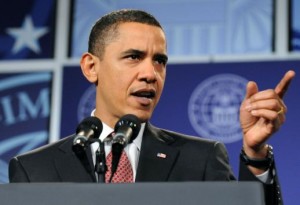Part 2 of a 2-part series around LGBT economic development – including lots of useful links!
In the first part of this series (link to it) I recounted the exciting privilege of participating in the historic first ever US Federal Government Procurement Fair for LGBT Businesses. Now I would like to follow that up with four quick lessons around LGBT (Lesbian, Gay, Bisexual, Transgender) Economic Development.
1) There is a direct tie to strong economic health and eliminating LGBT bullying in our schools. By allowing the demoralization of a segment of our society, instead of bullied children growing up into healthy society-contributing adults, they could be more prone to engage in destructive behavior, thus becoming a drain on our society and economies. (Link LGBT bullying blog) And unaddressed bullies in the schoolyard often grow up into future work place bullies and harassers, negatively impacting business productivity. (Link to blog on this.)
2) LGBT people and other oppressed minorities can build inner strength through fighting this oppression, making them more resilient (hence stronger employees) and more creative (hence becoming successful entrepreneurs.) As an example, in 2013, look for a new exciting and innovative product in the pill container industry to hit the market from the winner of the annual LGBT entrepreneur competition held at the National Gay and Lesbian Chamber of Commerce conference. (Link here to read about LGBT-owned CapsulePen*)
3) As the world becomes an increasingly interconnected global economy due to electronic connectivity, LGBT equality is now on the forefront within the younger generation of almost every country. These business leaders of the future will be

US President Barack Obama delivers remarks to the Export-Import Bank’s annual conference in Washington DC on March 11, 2010, including discussing his new National Export Initiative. (Photo UPI/Kevin Dietsch)
4) These first 3 points are coupled with the more well-known strategic diversity initiatives within most major companies: the strong business case for executing LGBT-diversity initiatives. Employee engagement and productivity is improved among LGBT employees within a company, and increased sales revenue can be gained from the highly loyal LGBT purchasing constituency. Link to blog on the business case for LGBT Diversity.
Disclosure – Blog author Stan C. Kimer holds an equity position in CapsulePen.

